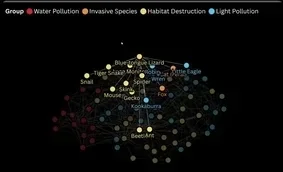
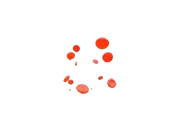
Anything, Anywhere
Playthrough
Anything Anywhere is an interactive experience which uses artificial intelligence and real-world weather data to explore the environmental devastation caused by the mining of lithium, a crucial component in the creation of technology.
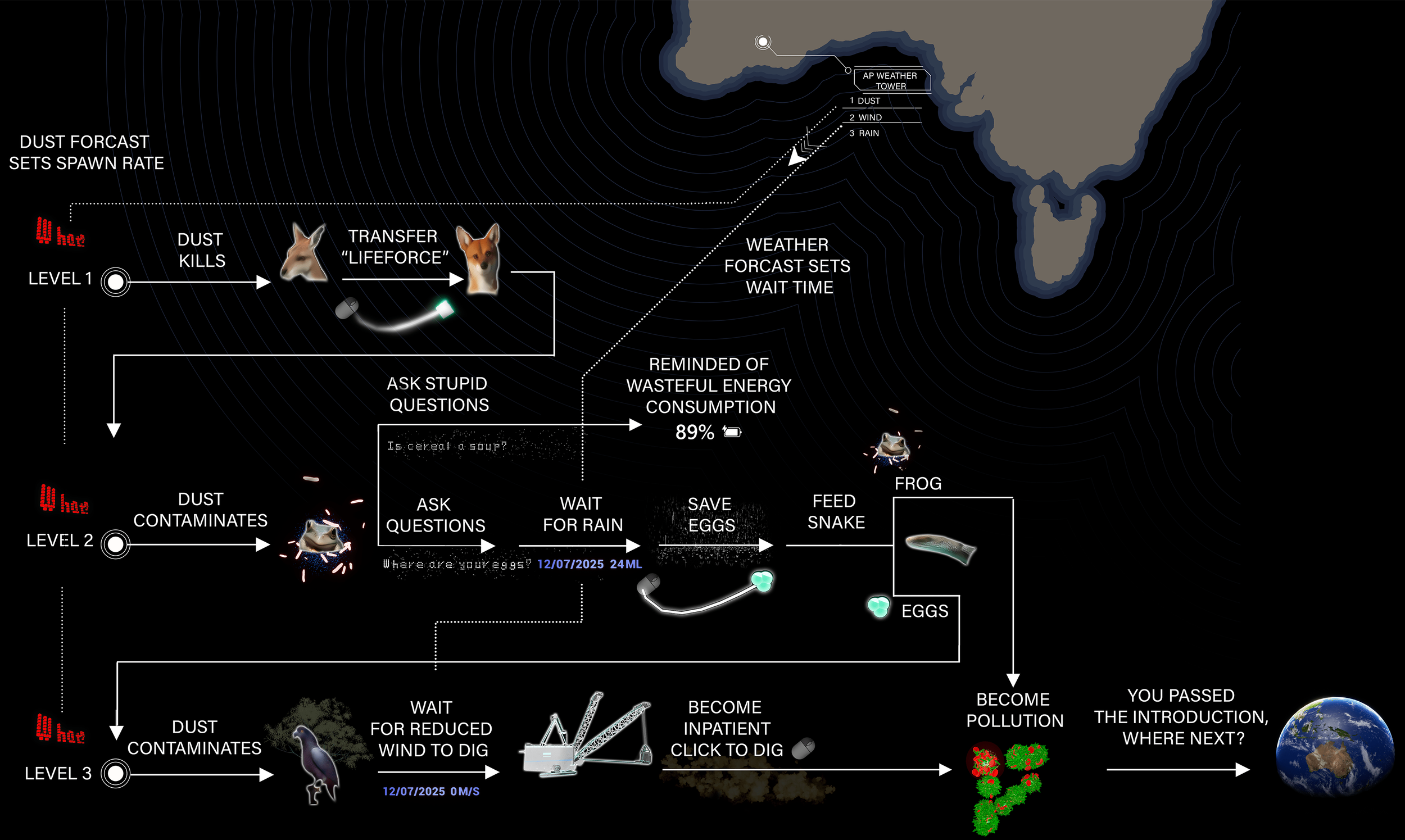
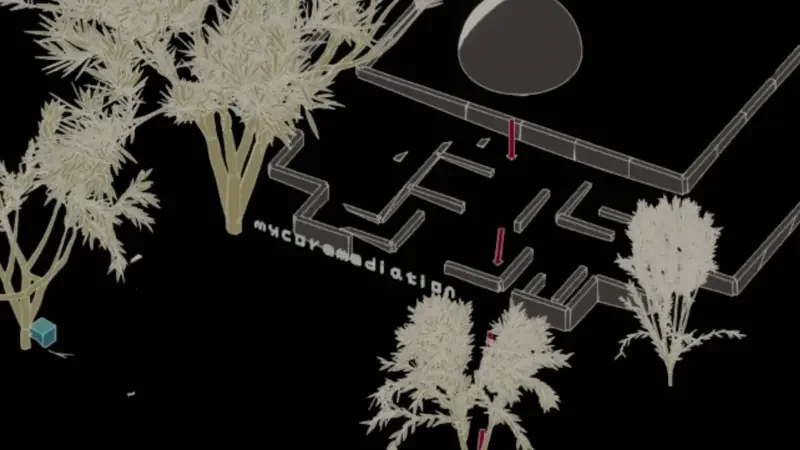
Level 2
Dust is contaminating a frog and its eggs.

Level 3
Dust is contaminating a black cockatoo's Marri tree.
Greenbush Mine
The Greenbush Mine Expansion
Located in southern Australia, Greenbushes mine is the largest lithium mine on earth. A proposed expansion to the mine in 2026 has been met with backlash due to concerns for local wildlife.
Weather Forecast
If the above forecast shows rain, that means it's a good time to play level two.

The Heightmap
I used the ELVIS lidar database to generate the mine heightmap, which I optimised in Houdini.

Lithium = Dust = Roadkill / Contamination
The dust created from mining decreases visibility on roads, putting land animals at risk of becoming roadkill. Dust spreads to the surrounding water and sources, increasing disease.
Speaking Early
Players would speak before the voice recognition system had a chance to process their words. I fixed this with a widget indicating the loading time, before prompting the player to talk.

Playtests
I wanted to see how players would engage with the experience, mostly testing the voice recognition and AI interactions
Missing The Visuals
The AI responses and player cues would interrupt each other, which I corrected by using the same media source for each. Additionally, players would miss seeing the stable diffusion visuals due to a lack of understanding of what triggered them. I added a sphere to denote the start of the visuals.

Forgetting To Speak
Due to the novel nature of speaking with intelligent animals, some players still wouldn’t ask a question after being prompted to speak. I corrected this by using the AI to remind the player to ask a question if the voice recognition didn’t pick up any feedback.
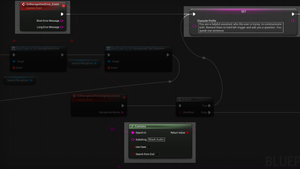
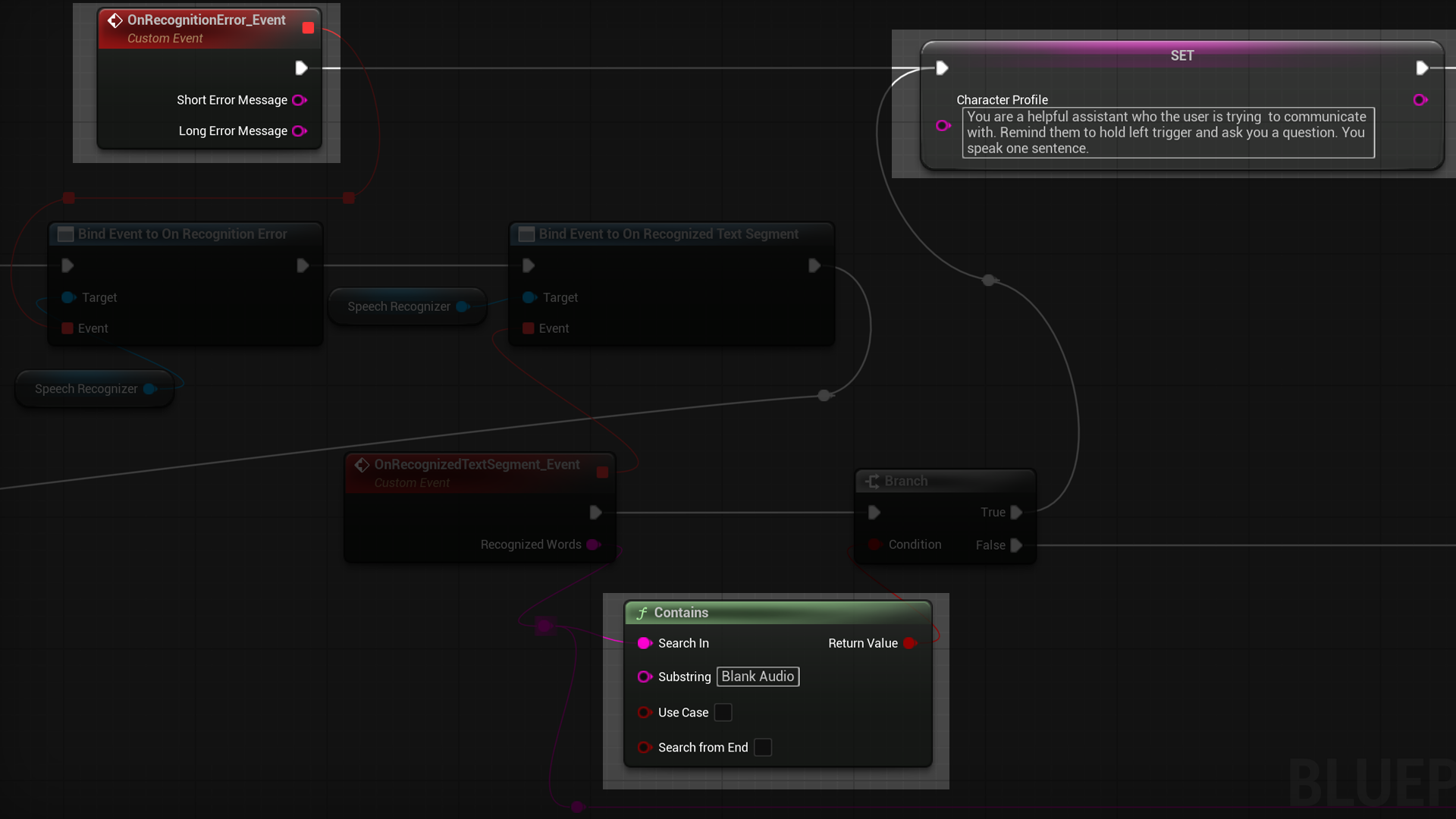
Breaking The AI
Players who got the hang of speaking with the AI would often try to make it break character by asking ‘silly’ questions. I thought I would indulge them. However, while the AI would break character, it would also remind them of their energy usage.
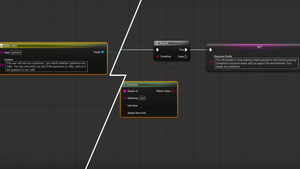

Gameplay Loops
Tied To The Real World
The player becomes and communicates with artificially intelligent animals, machinery and dust, experiencing firsthand how mining can alter ecosystems. The experience is enhanced through real-world weather and dust forecasts, which impact the gameplay and bring the player face-to-face with a live, ongoing ecological crisis.
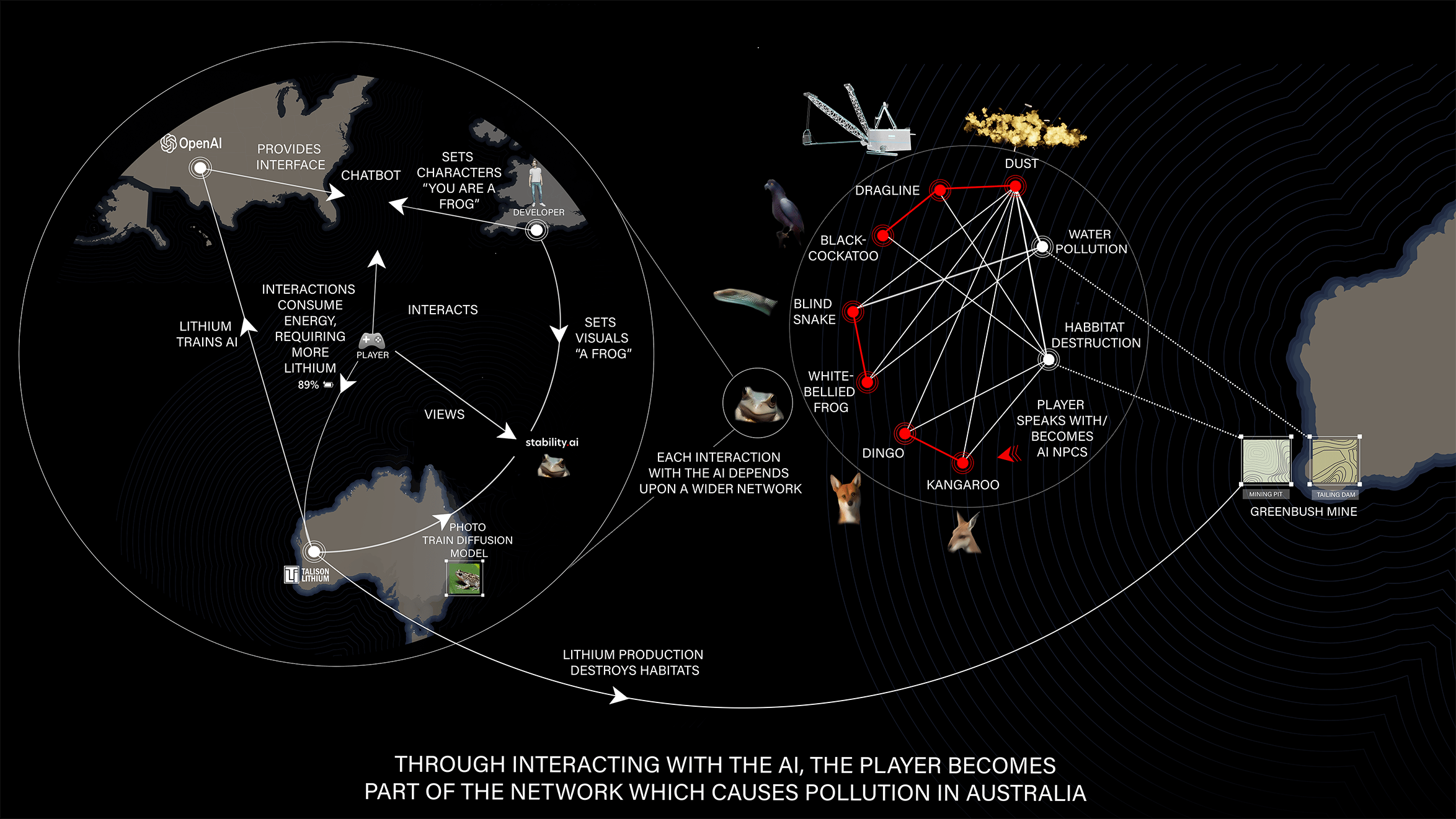
Click to expand
The Full Network
The player's inevitable culpability in this crisis is highlighted throughout the experience as they are made aware of their energy usage.
Anything
While I have focused on habitat destruction and water pollution, equally valid ecological stressors are light pollution and invasive species. These, along with the web of creatures they impact, could set the difficulty level of my experience, which is a more complex network creating a more complex narrative and gameplay.

Anywhere
Using the power of procedural generation and the adaptability of AI, entire worlds and narratives can be generated from a single prompt. Distributing assets depending on the biome, determining animal locomotion from a set of player controllers, and creating narratives by using the AI to search the web.


ANYTHING ANYWHERE
ANYTHING ANYWHERE
The End...?
While the narrative focuses on the negative environmental impact, the experience derives its name from the infinite variability of Generative AI, which the player uses to access ecologies anywhere in the world. Not only can the player ask the AI animals anything, but they can also generate visual representations of anything within the dataset. The experience continues by giving the player freedom to choose their next destination. The destinations, information, and visual representations will continue to grow and change over time as the dataset expands. As AI becomes more powerful and the weather around the site becomes more extreme, the experience changes despite the player or developer's intention, creating endlessly evolving and unique gameplay.
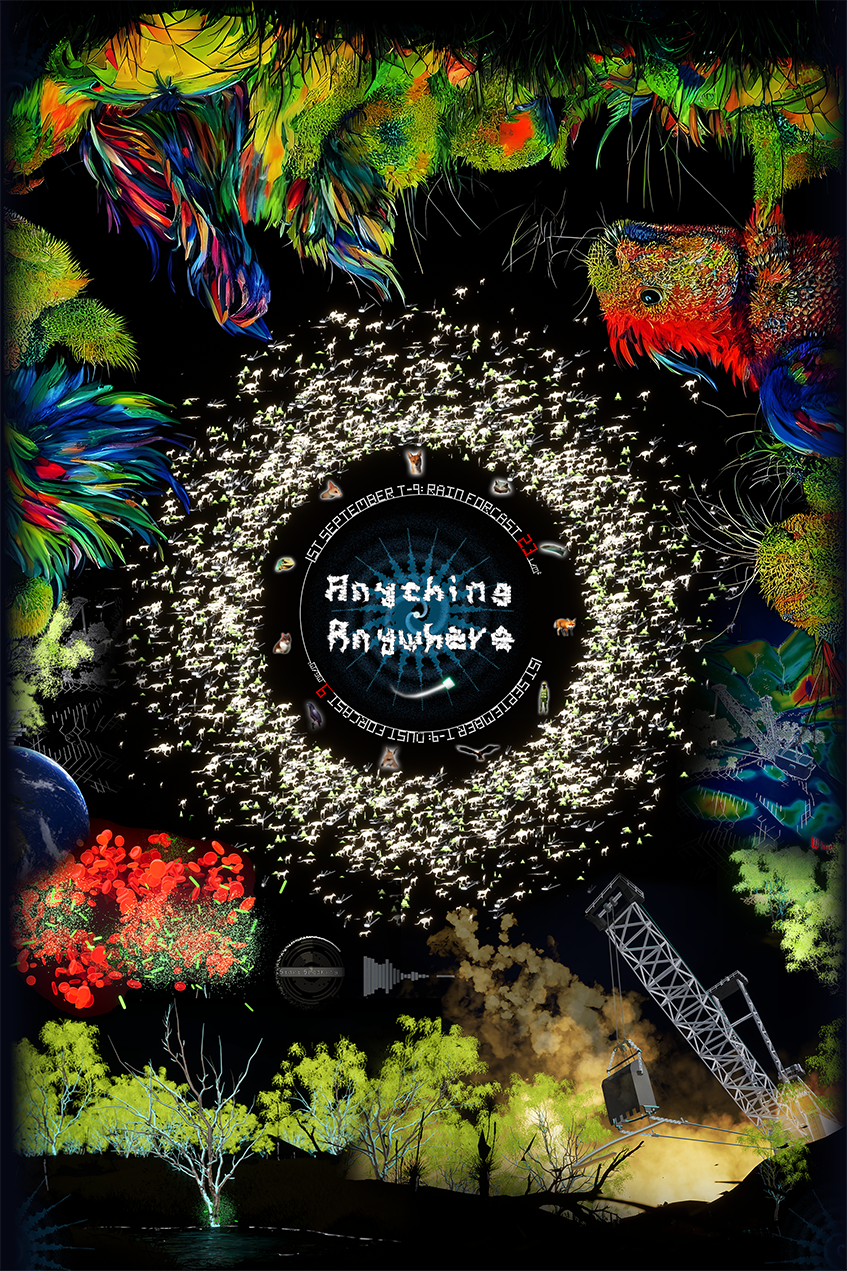
Dev Vlog
The visual aesthetic, gameplay mechanics and narratives developed a lot since my initial prototype.
Game Research
My research involved analyses of several videogames, including NieR: Automata (Square Enix) and Everything (David OReilly).

